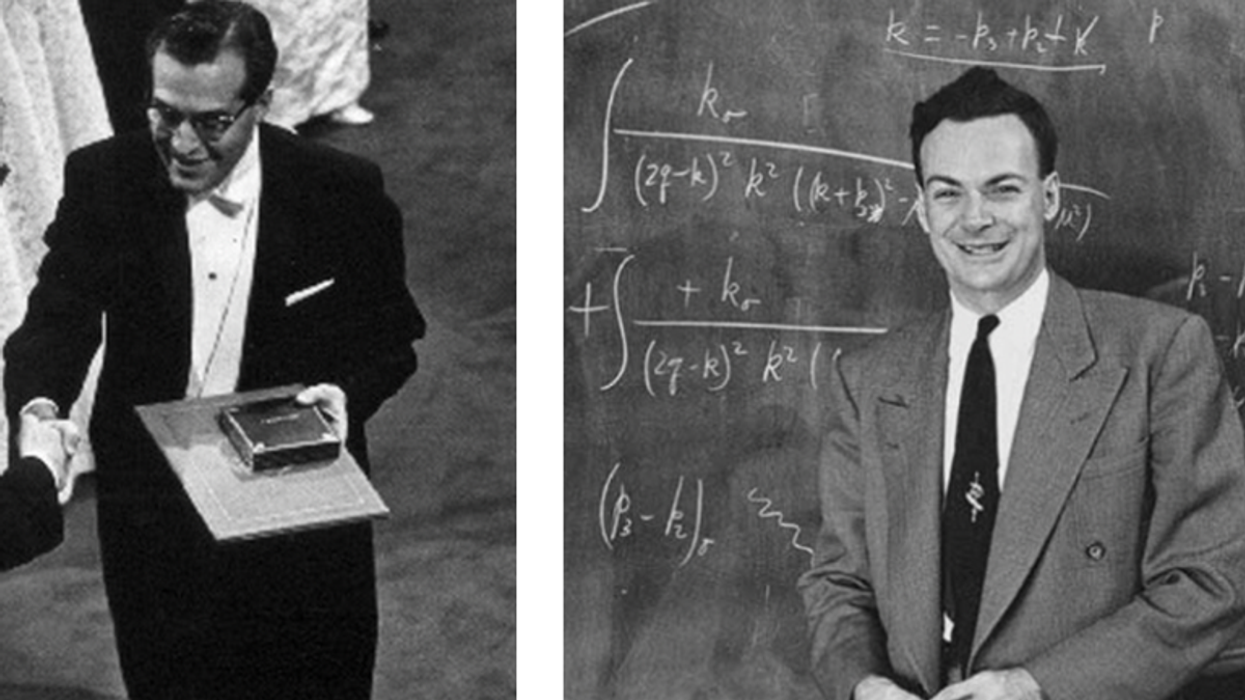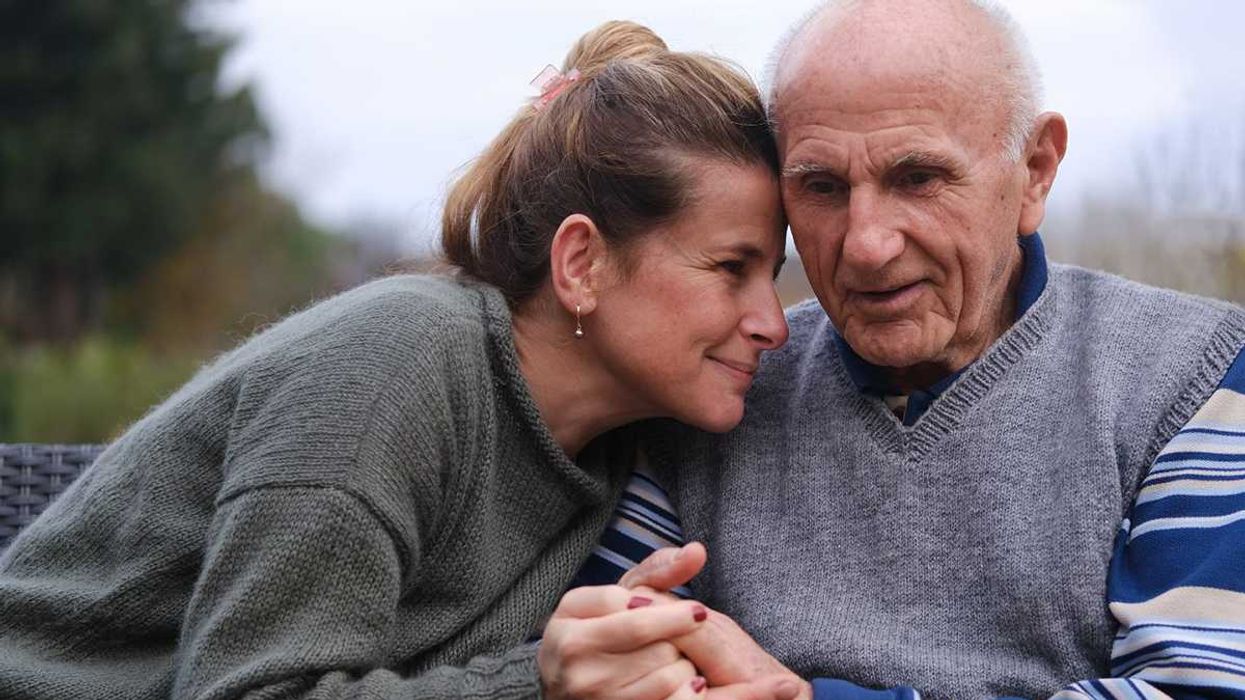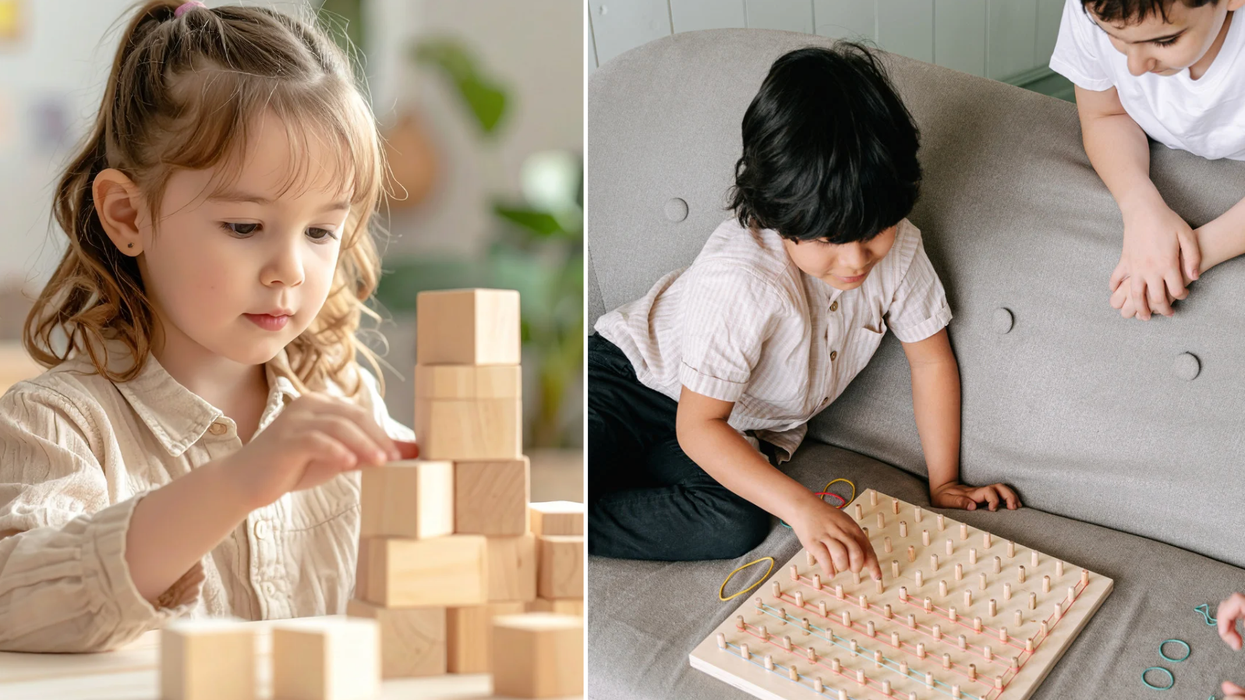When I heard that my old friend Felicia Ballos was living on a converted school bus with her husband and son, I went to her website, where she’d written: “We have given up the jobs that hinder us from giving to the world in the ways we would like ... Instead we have entered a culture of trading, of bartering, of mutual help among like minds and souls.”
I sent her a message and asked her if I could come for a visit. When I arrived at Ray’s parents’ house in upstate New York, where their bus was parked, Felicia had been up since 6 a.m., taking care of their son, Bowie, who’s not quite two years old. She introduced me to her husband, Ray Roy. He had just learned how to weld, and I could see how excited he was to say, “If you’ll excuse me, I have some welding to get back to.”
Felicia met Ray when he was touring with a performance art group, driving around in a converted bus that ran on vegetable oil. Within seven weeks Felicia and Ray were living together in an apartment in the East Village. Ray became the co-owner of a different vegetable oil bus, and when he and Felicia were served an eviction notice (they’d been subletting illegally), they moved into the bus. They were like a couple of kids setting up camp in a backyard tent. “The sparseness of the bus and its flexibility was very seductive,” Felicia says. “We had what we needed and realized that we didn’t need much.” They believe that Bowie was conceived that week.
After 10 days they were allowed back into their apartment, but something had changed. They wanted to keep moving. Ray sold his share of the bus, and they bought their own. The first incarnation of their very own bus had no running water. They stored their food on two teeny carts and fashioned a closet out of bamboo. They kept the perishable food in a cooler. Ice was one of their biggest expenses.
Little by little they made improvements. They now have a working kitchen, running water, electricity generated by rechargable batteries, and a composting toilet. It’s located next to the bed, on the back of the bus. There’s a curtain for when guests are on board.
“Attachment to objects has become almost obsolete,” says Felicia. Everything that makes the cut must serve a purpose: tools, essential clothing, a box of sewing and craft materials, toys as long as they aid in development in some way, computer and video equipment. There’s a kitchen nook, made out of a church pew cut in half. They both agree that having the stove is what makes it feel most like a home. It’s just like the one that Ray’s parents have, and he loves that there’s a clock on it, a small domestic detail that roots them in time and space.
At the time of my visit, Ray was working as an electrician on movie sets, but money was tight. “There is always the challenge of trying to find the positive when surrounded by and living in poverty, and finding the grounding that this entire adventure demands from us,” says Felicia, “because going bananas is the other option.” No matter how hard I pressed them on whether they missed having hot showers and separate rooms and a drawer full of Scotch tape and thumbtacks, they insisted that they couldn’t imagine going back to the way they were living before.


















 The Emergency Department.Photo credit:
The Emergency Department.Photo credit:  Little girl with a splinter.Photo credit:
Little girl with a splinter.Photo credit:  Woman on phone after car accident.Photo credit:
Woman on phone after car accident.Photo credit: 

 A road near equatorial Atlantic OceanCanva
A road near equatorial Atlantic OceanCanva Waves crash against rocksCanva
Waves crash against rocksCanva

 Two people study a mapCanva
Two people study a mapCanva Foggy Chinese villageCanva
Foggy Chinese villageCanva